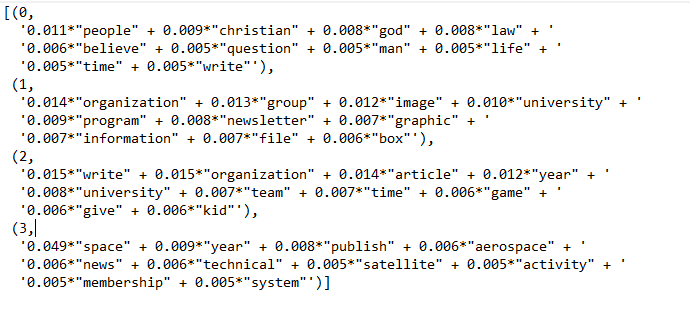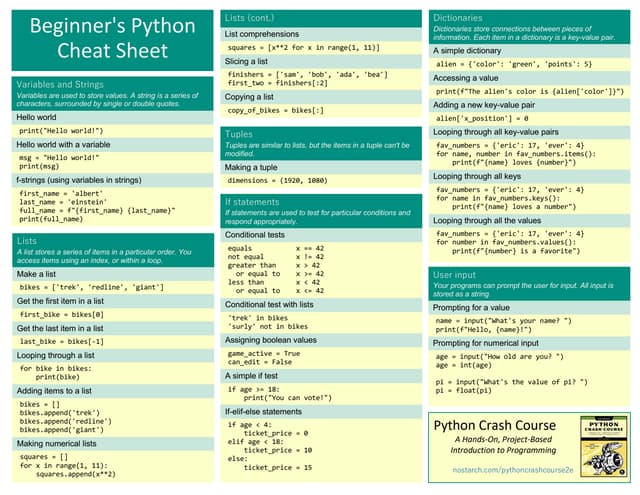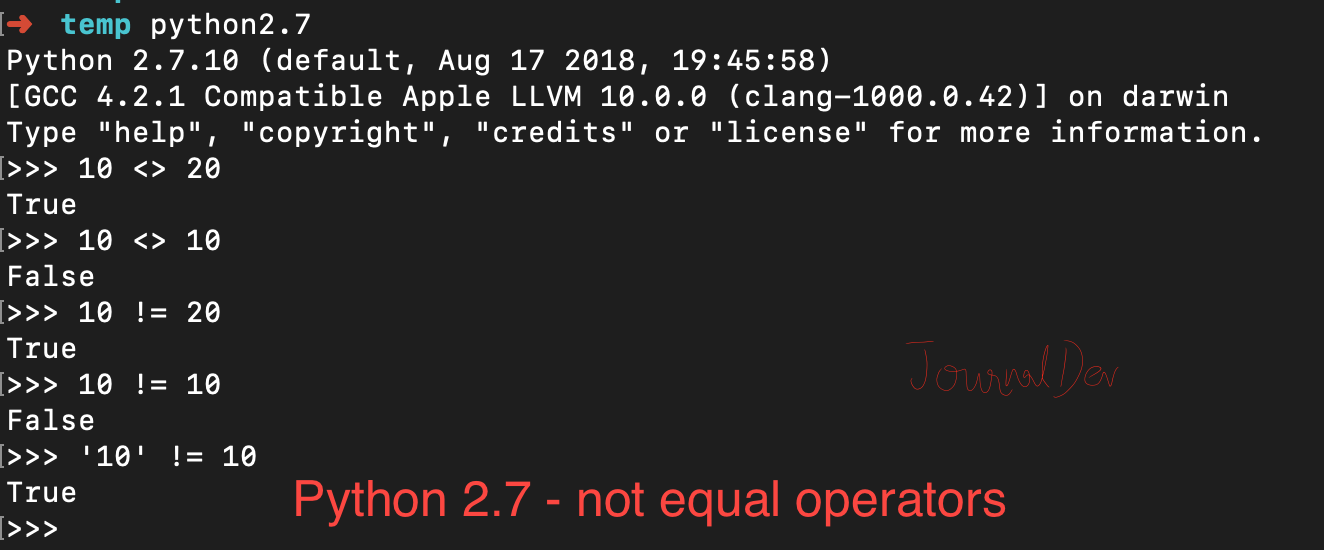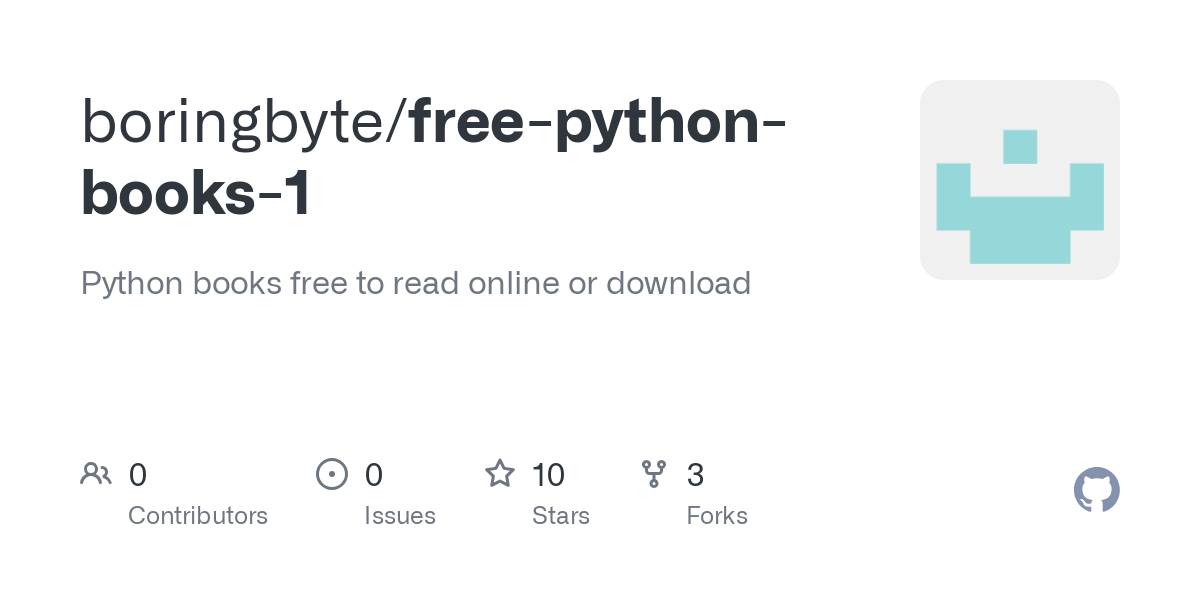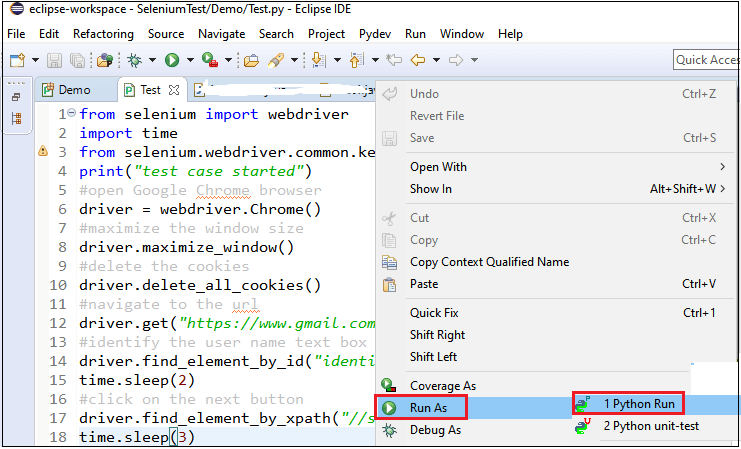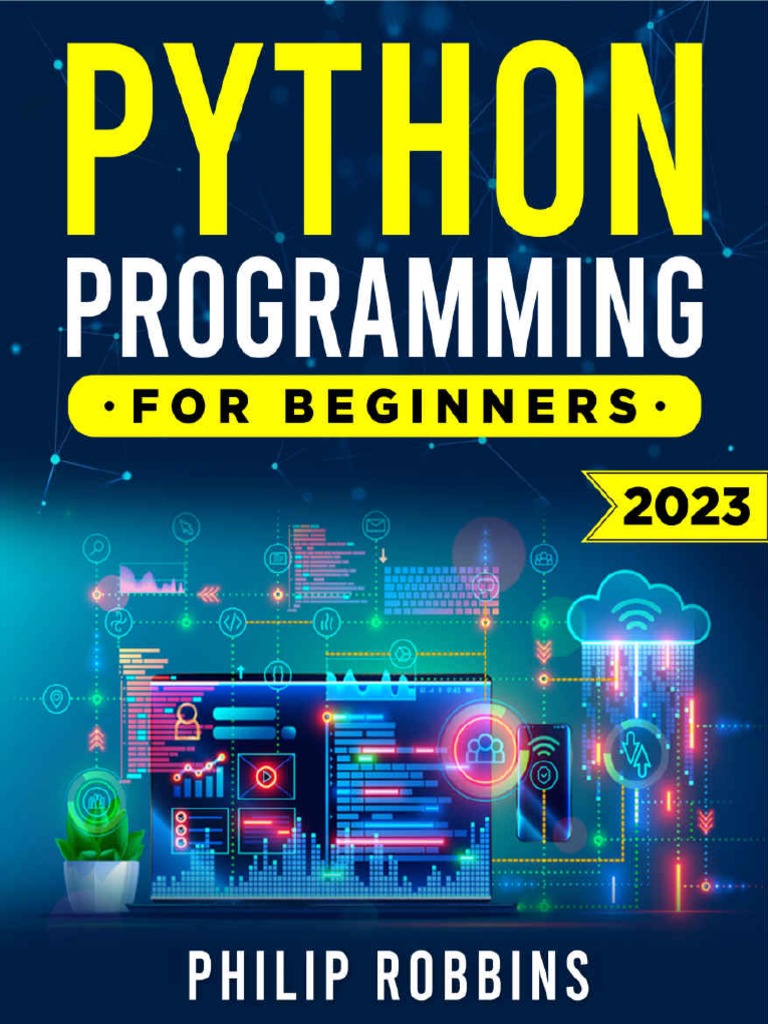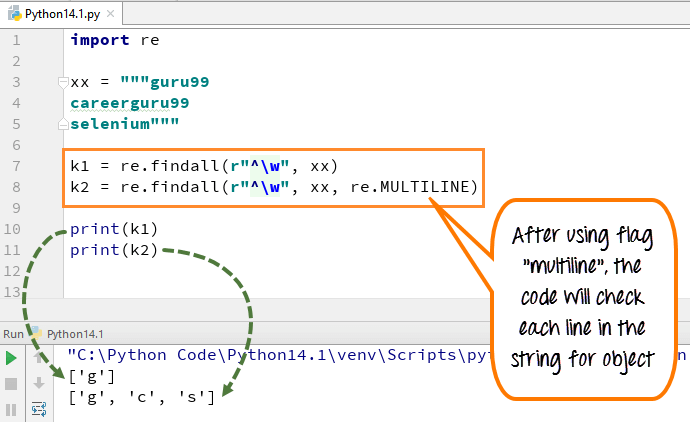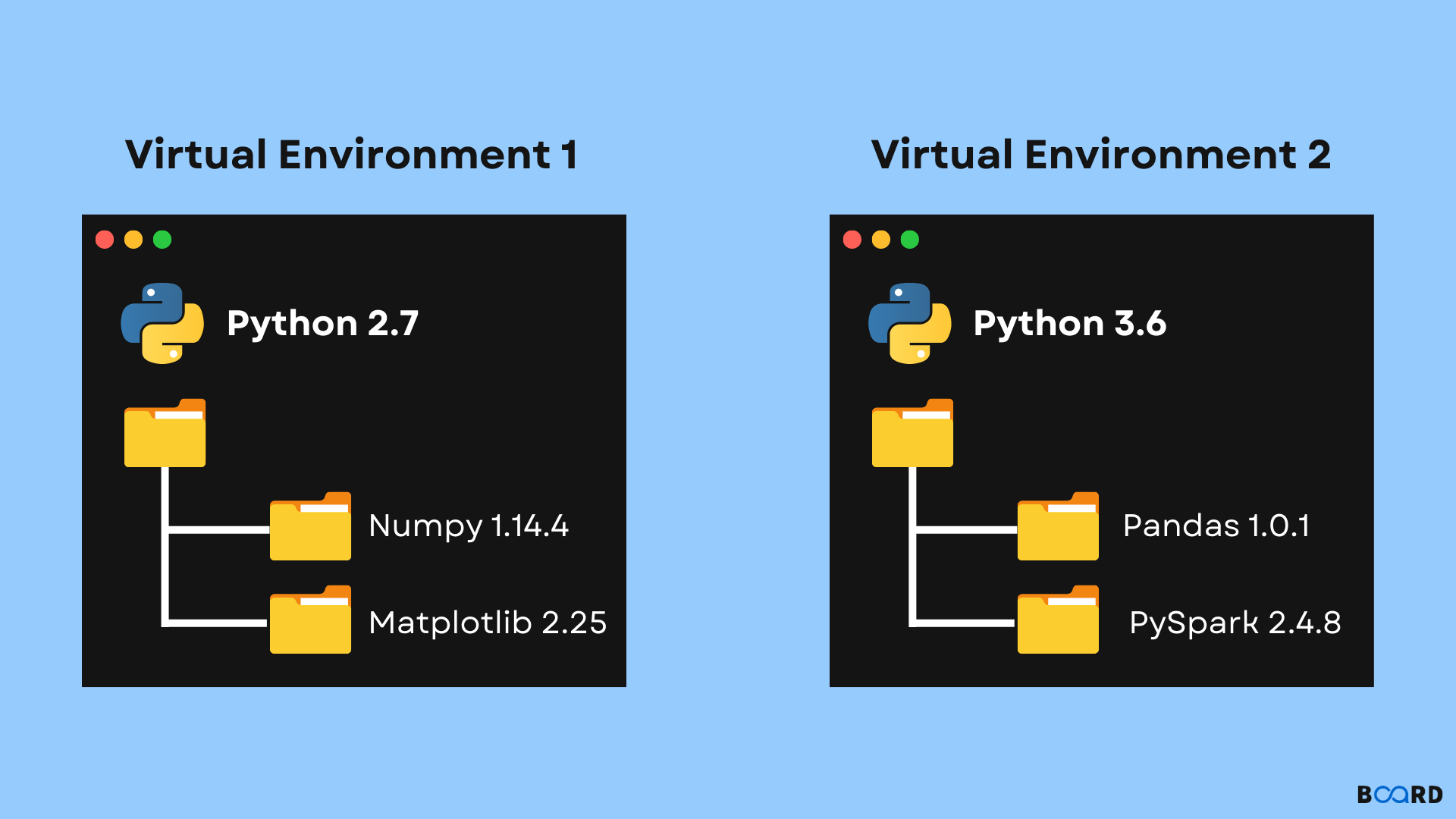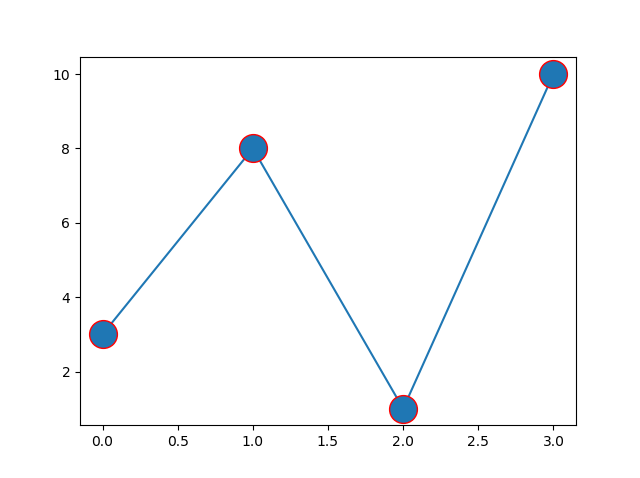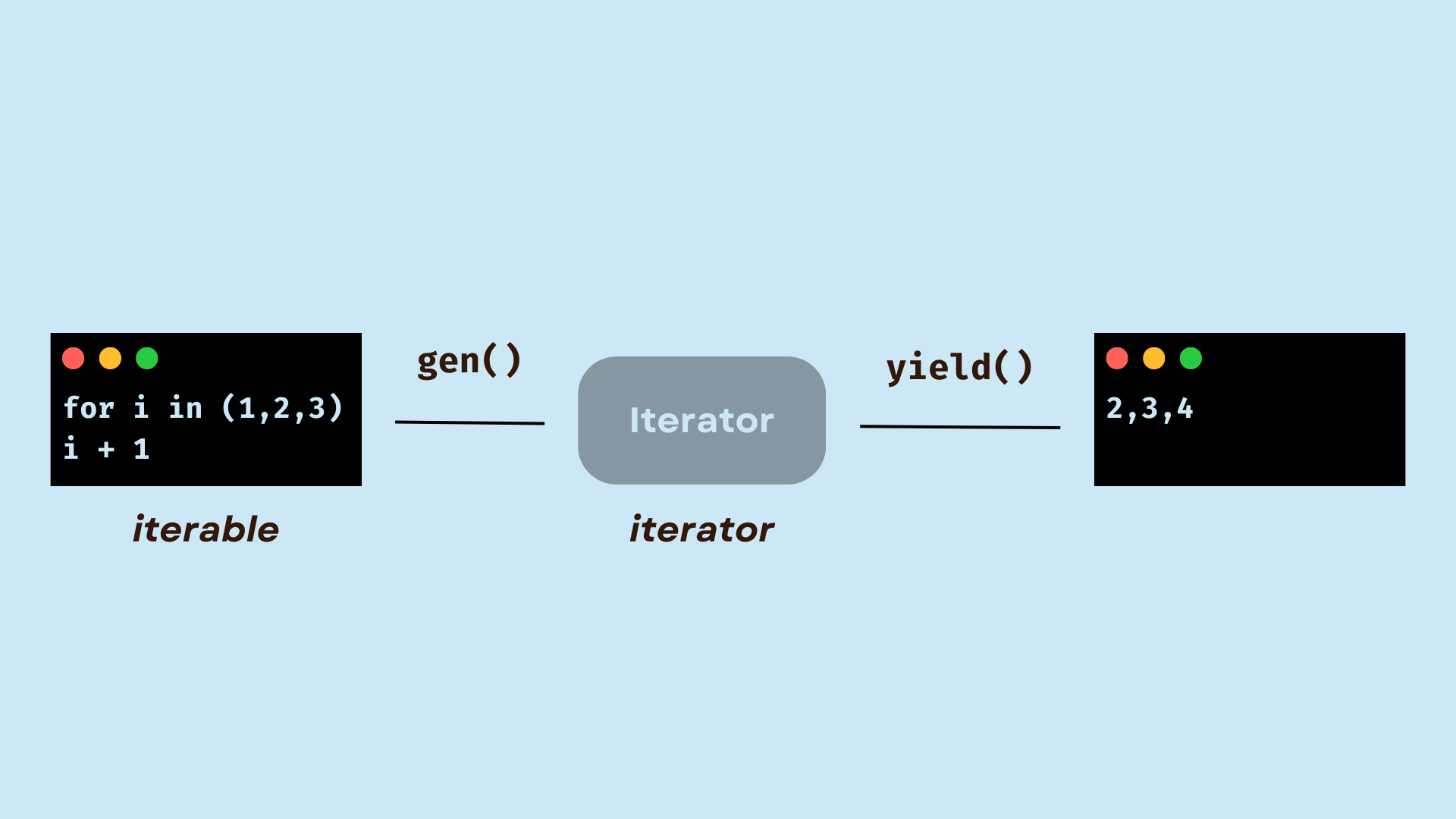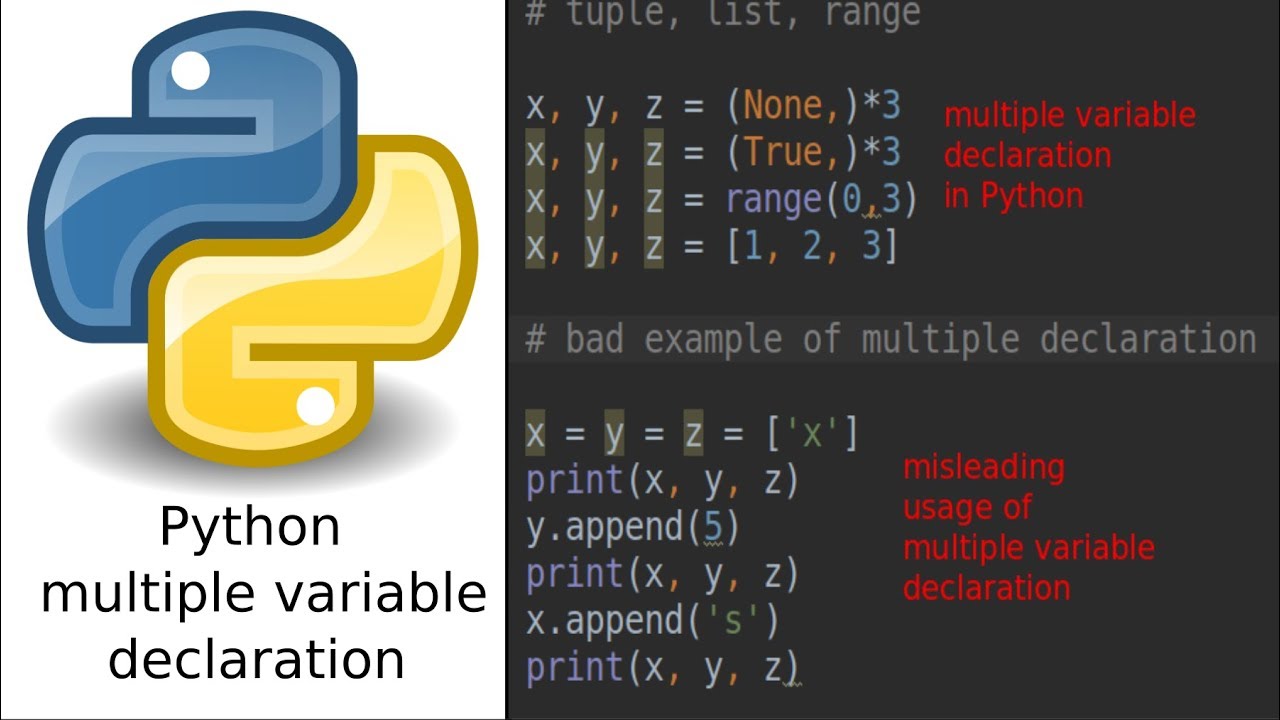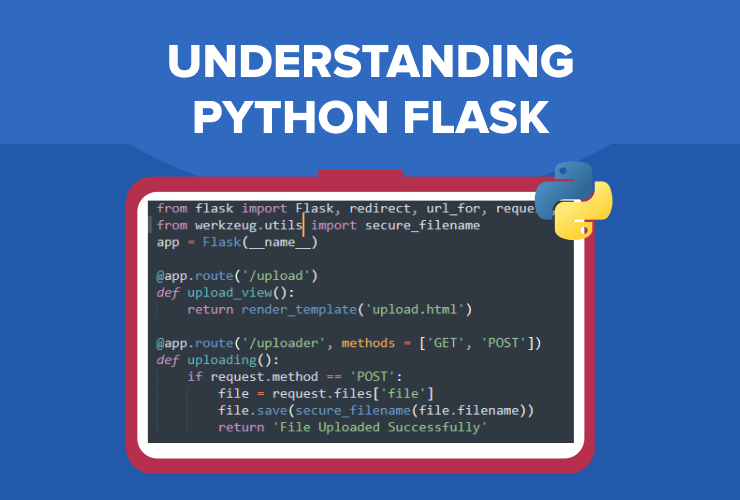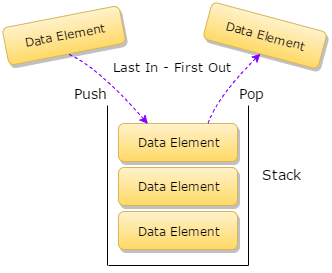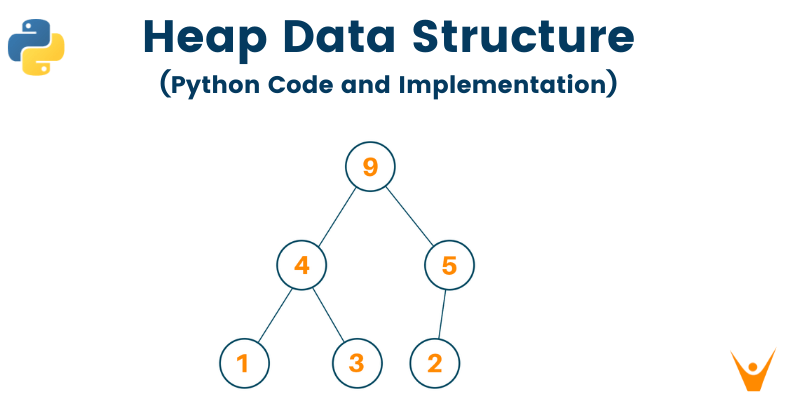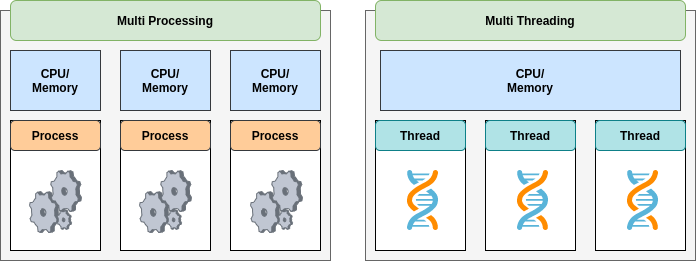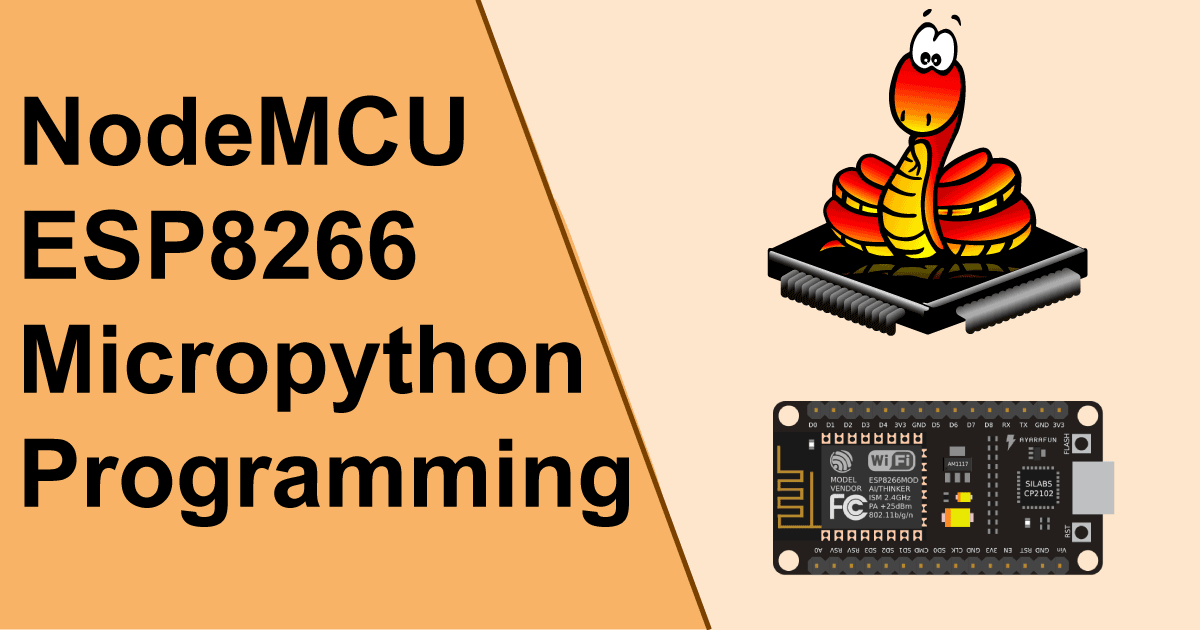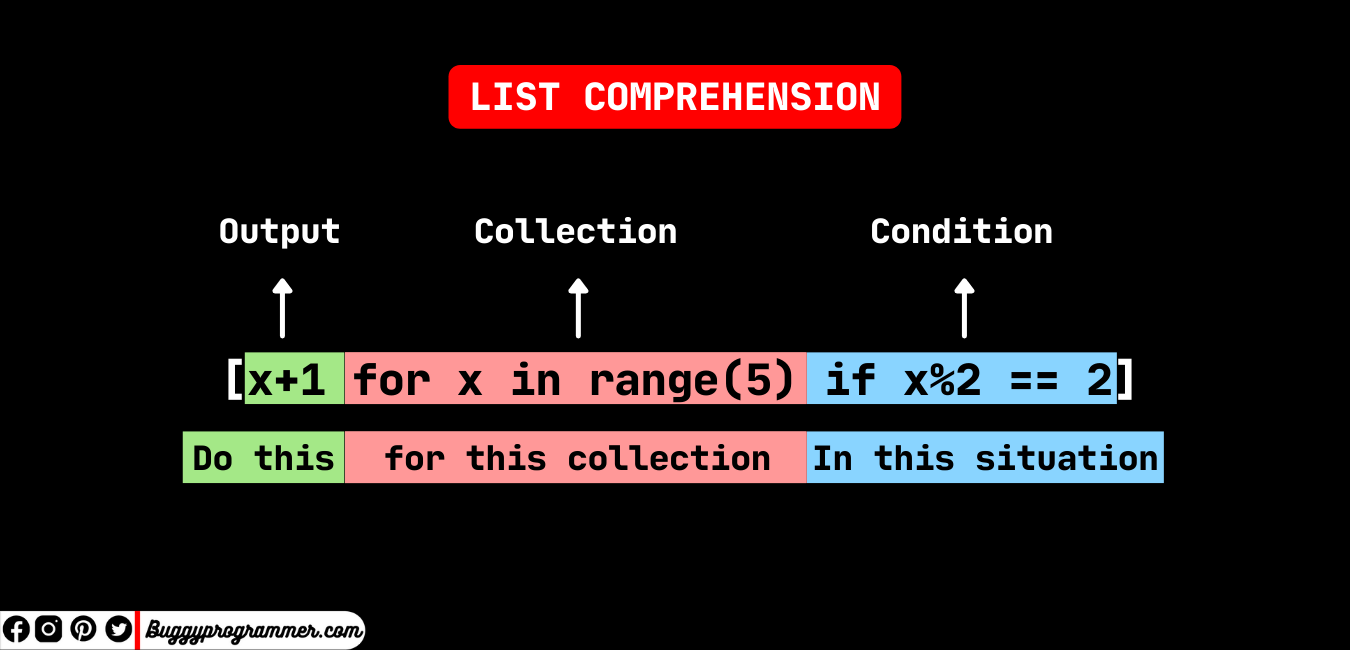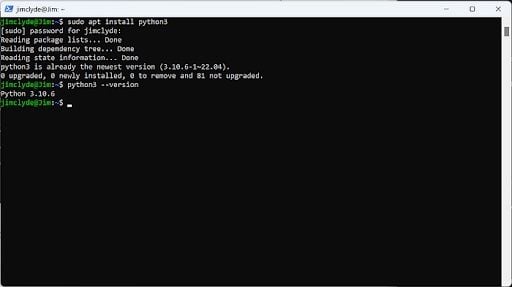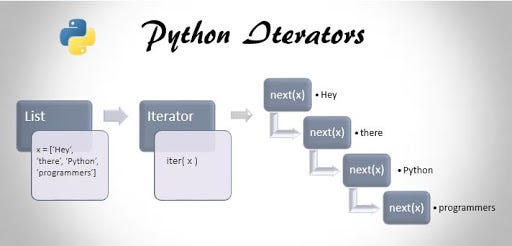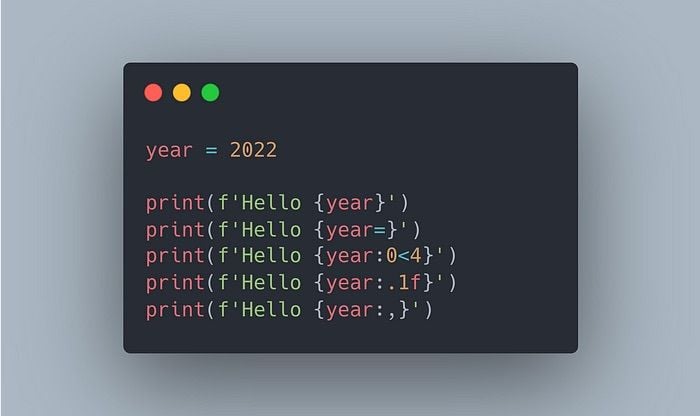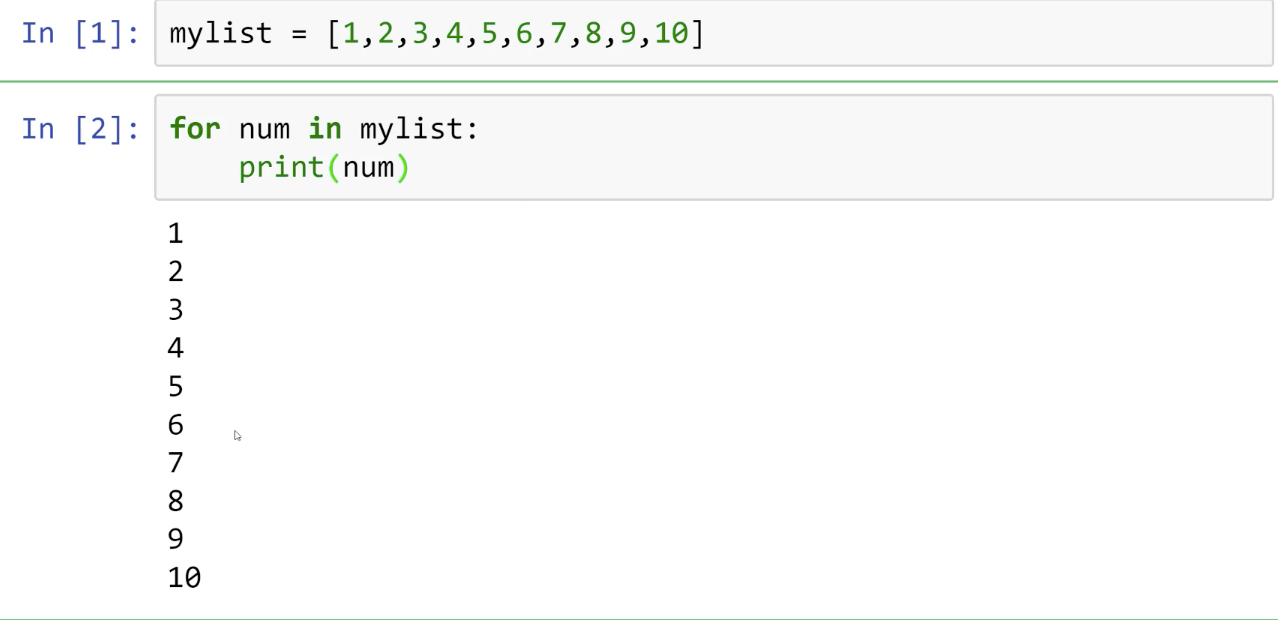Should I always use type hints in Python?
Should I always use type hints in Python?
The eternal question of whether to use type hints in Python!
As you embark on this journey, it's essential to understand that type hints are not mandatory in Python, but they can be incredibly beneficial for your code's maintainability, readability, and even performance. So, should you always use type hints? The answer is a resounding "maybe."
Here are some compelling reasons why you might want to use type hints:
Improved Code Readability: Type hints make it explicit what types of data your functions expect as input or return. This clarity can save other developers (or yourself, in the future) countless hours of debugging and guesswork. Better Static Analysis: Many popular Python IDEs and linters, such as PyCharm, VSCode, and Mypy, take advantage of type hints to provide better code analysis, warnings, and even errors. This enables you to catch potential issues before running the code, making your development process more efficient. Performance Optimization: In some cases, Python's built-in dynamic typing can lead to performance bottlenecks when dealing with complex data structures or large datasets. Type hints can help guide Python's type inference and optimization processes, resulting in faster execution times for specific use cases. Type Safety: By specifying the expected types, you're essentially saying, "Hey, I know what kind of data this code expects or returns." This reduces the likelihood of runtime errors caused by unexpected data types. With type hints, your code is more robust and less prone to surprises at runtime.However, there are scenarios where type hints might not be necessary:
Legacy Code: If you're working with existing codebases that don't use type hints or have a complex refactoring process ahead of them, it might be wiser to focus on other priorities rather than introducing type hints. Dynamic Typing: Python's dynamic typing nature allows for flexibility and adaptability. In some cases, you might not need explicit type declarations if your code is self-documenting enough or relies heavily on duck typing (i.e., the idea that an object can be treated as another type if it has the necessary attributes). Over-Engineering: If you're overly enthusiastic about type hints and apply them everywhere without careful consideration, you might end up over-engineering your codebase. This could lead to unnecessary complexity, making your code harder to maintain.In conclusion:
Use type hints when working on complex projects with multiple developers or for specific performance-critical areas where optimization matters. Don't worry about using type hints in simple scripts or small projects where the benefits are less pronounced. Be mindful of potential over-engineering and strike a balance between explicitness and readability.Remember, Python's dynamic typing is its greatest strength. Type hints should be seen as a tool to complement your coding style, rather than a strict requirement.
Python type hints cheat sheet
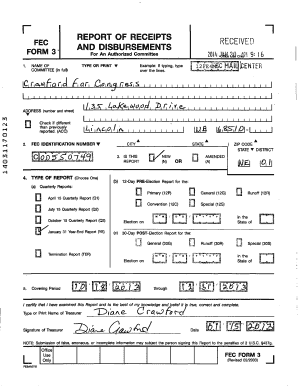
Here is a comprehensive Python type hinting cheat sheet:
Basic Types
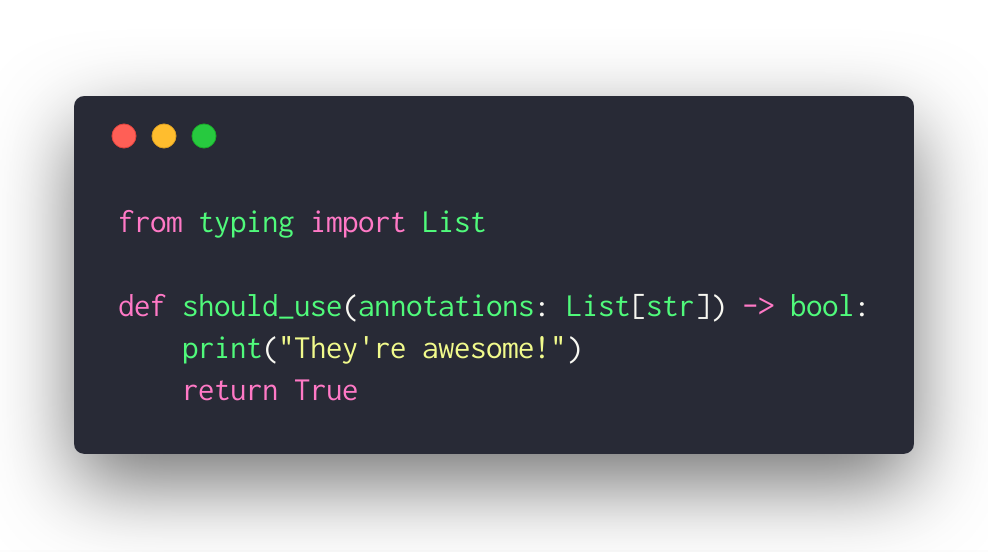
int: integer (e.g., 1, -42)
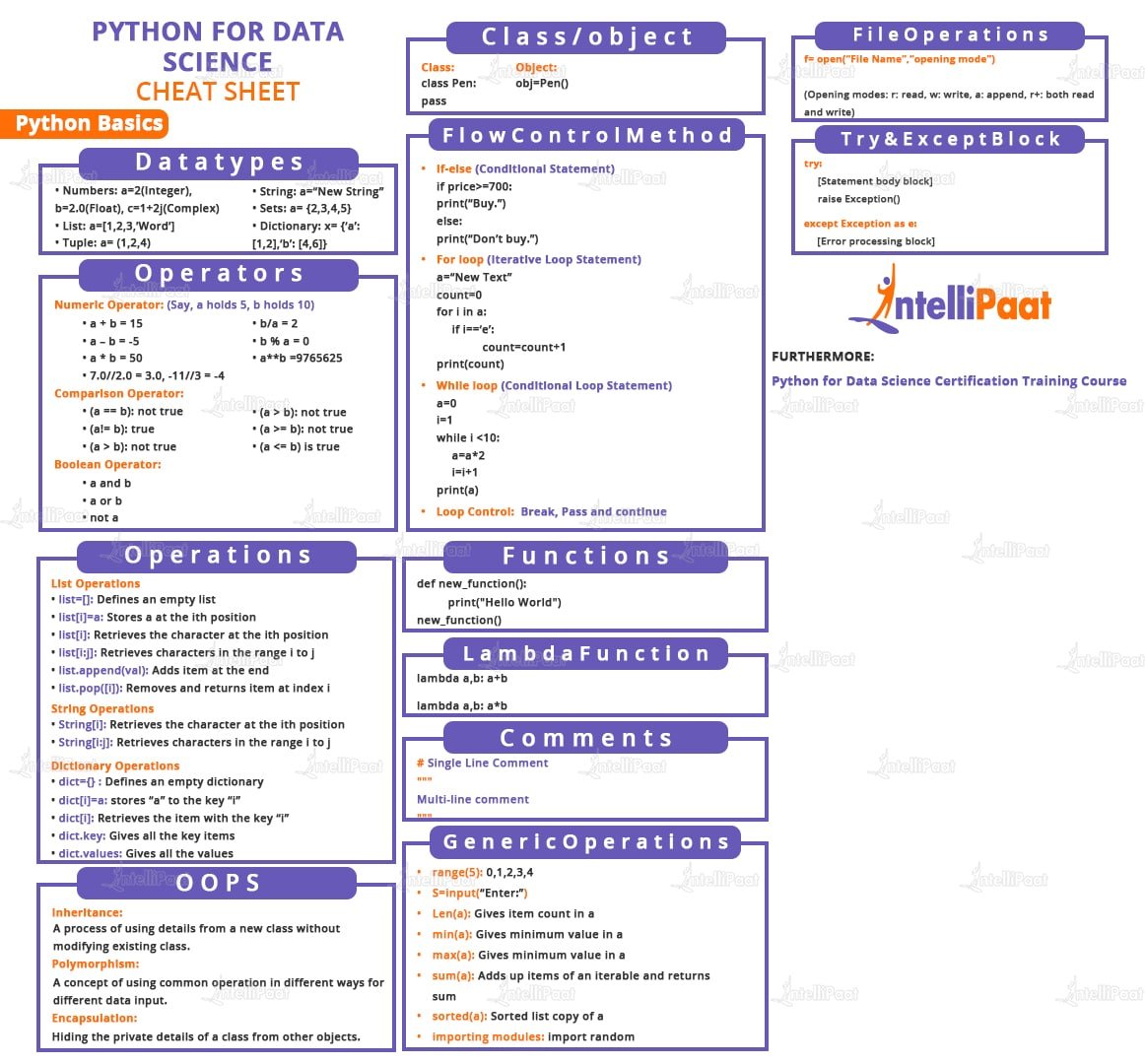
float: floating-point number (e.g., 3.14, -0.5) str: string (e.g., "hello", 'hello') bool: boolean value (e.g., True, False)
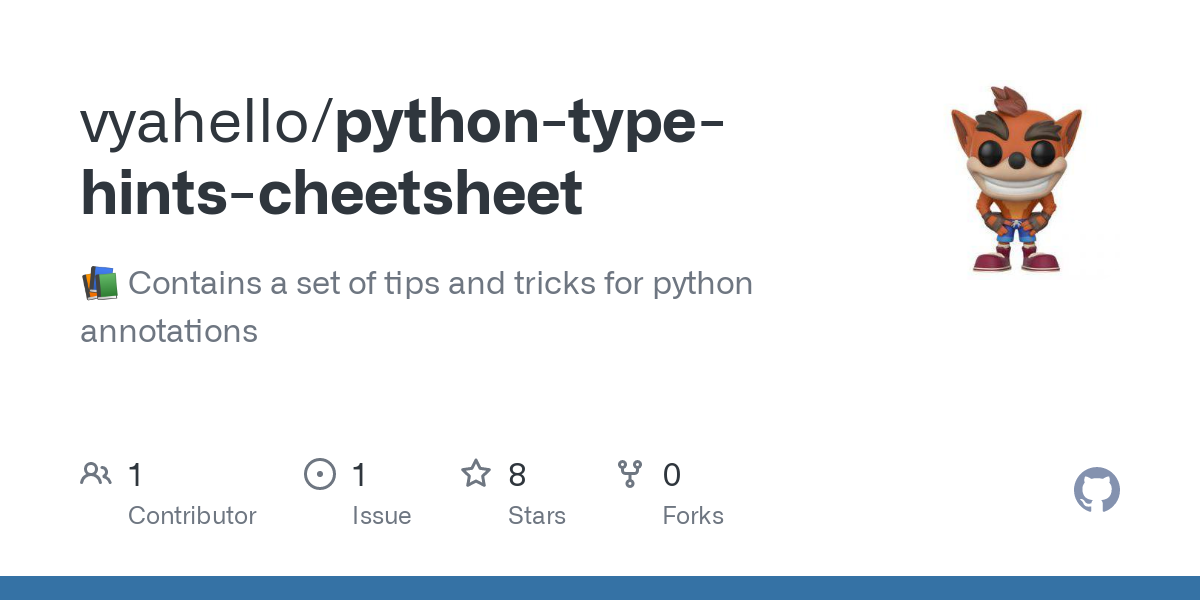
None: the None type (no equivalent in JavaScript) list[T]: a list of objects of type T (e.g., [1, 2, 3], ["a", "b", "c"]) tuple[T]: a tuple of objects of type T (e.g., (1, 2, 3), (True, False, None)) dict[K, V]: a dictionary with keys of type K and values of type V (e.g., { "name": "John", "age": 30 })
Complex Types
TypeHint[T]: a generic type that can be instantiated with any type T (e.g., List[int], Dict[str, int]) Union[T1, T2, …]: a union of types T1, T2, … (e.g., int | str, bool | None) Optional[T]: an optional value that can be either T or None (e.g., int | None, str | None) Set[T]: a set of objects of type T (e.g., {1, 2, 3}, {True, False}) FrozenSet[T]: an immutable set of objects of type T Dict[str, T]: a dictionary with string keys and values of type T Dict[K, V]: a generic dictionary with key type K and value type V
Type Variance
covariant: a covariant type parameter (e.g., List[Subclass[int]]) contravariant: a contravariant type parameter (e.g., Callable[[T], U] -> V)
Special Types
Any: the topmost type that can represent any value NoReturn: a special type used to indicate a function that doesn't return anything TypeVar[T]: a generic type variable of type T Callable[[T1, T2], R]: a callable function with types T1, T2 and returns R
Example Code
Here's an example usage of some of the type hints:
from typing import List, Dict, Optionaldef my_function(x: int) -> str:
return f"{x} is a {str(x)}"
my_list: List[int] = [1, 2, 3]
my_dict: Dict[str, int] = {"a": 1, "b": 2}
def maybe_return_none() -> Optional[int]:
if some_condition():
return 42
else:
return None
my_tuple: tuple[int, str] = (1, "hello")
Additional Resources
The official Python documentation on type hints and thetyping module. The Python Type Hinting Guide by Guido van Rossum. The Mypy Tutorial for an introduction to static type checking with Python.
I hope this helps! Let me know if you have any questions.

